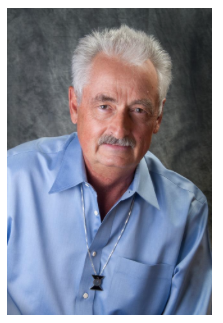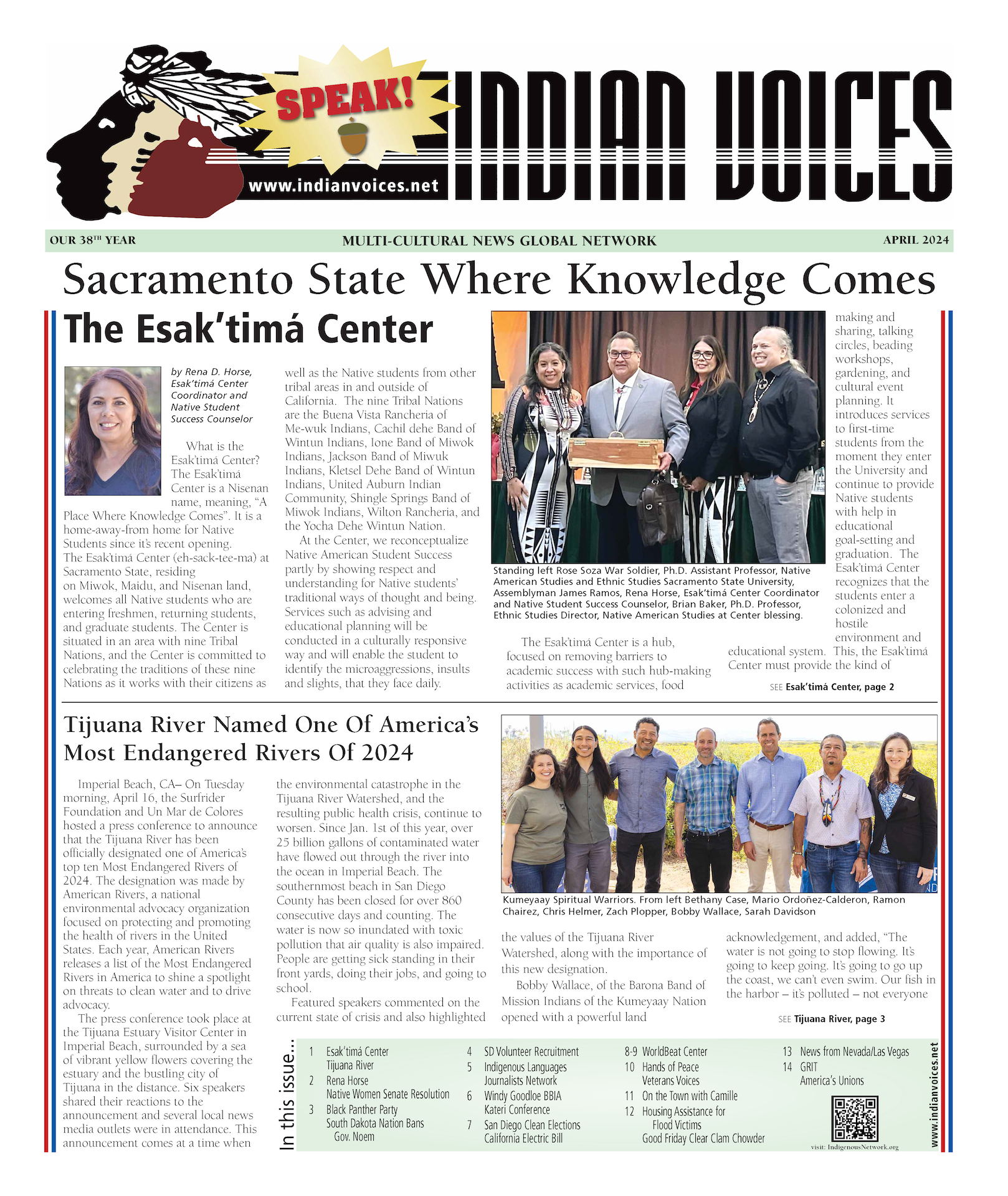By: Captain Kevin M. Smith
This is the third in a series of articles that addresses critical thinking. Critical Thinking is a set of ideas and a defined process that is sweeping the nation. This article will cover some important preliminary concepts related to this body of knowledge and present some convincing evidence of how critical thinking can change your life.
Doctor Atul Gawande is a surgeon at St. Mary's hospital in London England. His recent radio talks are compelling to say the least and have been reported in the Wall Street Journal as well as, no doubt, other outlets. His talks are entitled “The Century of the System”. They are being delivered as the BBC's annual “Reith” lectures. This lecture to which I will refer to was delivered December 2nd. 2014.
Dr. Gawande and his colleagues were approached by the World Health Organization (WHO) several years ago with a project proposal to reduce the death rate associated with surgery. Initially they thought that this was some pie-in-the-sky, unrealistic request, but upon closer inspection they decided to give it a try. But of course skepticism prevailed: “how can one possibly do such a thing”?
So they decided to go ahead anyway because while all components of the “surgical system” were known, what was not known was how well they were all working together. To get a handle on exactly what to do they brought in a team from the airline industry that was familiar with this type of initiative to work with the surgical team.
Full disclosure: I was the Chairman of the original design team that developed formal training programs that specifically targeted critical thinking for airline pilots. The team that DR. Gawande worked with used many of the concepts that my team initially developed. Among others, my team was supported by researchers at the University of Texas at Austin, as well as a number of federal agencies.
What the joint surgical and airline team came up with was what they call a checklist. They call it a checklist because it 'kinda looks like a checklist, but it is much more than that. I prefer to call it “The Surgeon's Critical Thinking Handbook”, because it covers many of the essentials of critical thinking. Anyway, the checklist I will list below. I realize that this may be a bit tedious, but I wish to make a few observations that will prove quite interesting.
Checklist Items
- Goals of the operation covered by lead surgeon. (Presumably this includes the statement of the problem)
- Team member names, roles and responsibilities.
- Medical issues and any adverse conditions briefed by Anesthesiologist.
- Estimated time of the operation.
- Resources such as blood and medical equipment available.
- All questions answered.
The checklist, or more accurately, the use of the surgeon's critical thinking handbook, was tested in eight different hospitals around the world such as in London, Seattle, Delhi, Toronto, Tanzania, and others. The results were astounding. As we cover the results, please keep in mind the following numbers. 35%; 47%; 9,000; and 94%.
The average reduction in surgical complications as a result of adopting this critical thinking initiative was 35%. The average reduction in surgical related deaths was an astounding 47%. Having implemented it and taught it on the front lines, Scotland reports that over the last four years, 9,000 lives have been saved. Finally, when surgeons were surveyed with the question “if you are having an operation, would you want your surgeon to use “The Checklist”, ninety four percent (94%) stated that they did.
Now, how is it possible that something as seemingly as simple as a checklist could produce such extraordinary results? The answer comes in two parts. The first part is that what appears to be a checklist is actually a portion of a critical thinking handbook. The second part is what the surgical teams at these mentioned hospitals have done is something more profound, and is alluded to by Dr. Gawande, and have thus rejected conventional wisdom and evoked the third option. Prior to recognizing the power of the third option, the conventional frame of reference was singular. This means that a single frame of reference was used (and is still being used in many industries) that addresses only the technical. This rather restricted viewpoint recognizes only technical components, operated by technical procedures, and regulated by technical regulations. But as Dr. Gawande, and others have pointed out, our design around this rather narrow viewpoint, these numerous technical components all operating more or less in isolation, which in many cases is the reductionist perspective, is faulty and will not achieve the results that we desire.
This newly emerging perspective comes to us as being described in a number of different ways. For example, Dr. Gawande calls this emerging viewpoint the Century of the System. But since “systems thinking” and “critical thinking” are identical in virtually all respects, most thought leaders are using the more popular term : critical thinking. The importance of evoking the third option, in which we sharpen our problem solving abilities through the use of critical thinking, is an idea who's time has come, and is sweeping the nation. Going forward, it is important to realize that the third option does not reside in the technical plane of reference. Indeed, when reviewing the aforementioned checklist, technology is not specifically mentioned save for a general acknowledgment that it is a potential resource. Instead, the third option exists in a separate frame of reference which recognizing the power of abstraction and clustering, leading to integration, which is one of the major features of critical thinking. ( A Critical Thinking Imperative: Do not look at world as a loose conglomeration of largely disconnect components or events, but rather as groups or clusters of things sharing some common characteristics.)
Importantly, the third option, while employing critical thinking, understands the need to define that which is necessary to achieve mission success. Mission success in turn requires us to understand how the whole system performs, and thus be able to predict its behavior. What is critical is that we understand how to ensure all constituent parts of the system function together. In surgery as well as the cockpit, it means all players working together in the best way possible. This then is the third option: Getting all key players working together in an optimum way so as to achieve mission success. The reader my recall that I have previously written about software giant SAP and their “Run Simple” campaign where they announce a nations wide initiative to extract ourselves from the quagmire of complexity caused by the proliferation of technological silos, and get all systems components working together in harmony.
The best way to accomplish the above is to reformulate one's frame of reference which disregards the reductionists point of view and embraces the third option, that being critical thinking and the century of the system. No longer should we believe that the value of a particular technical component is assumed, but it now must be able to demonstrate its contribution to mission success. A disconnected collection of individual components that do not communicate with one another do not make up a system. If these self-same individual components do not combine their attributes into higher-order functions, then we do not yet have a system and more conceptual, as well as design work ,is required. We have gone as far as we can in viewing our reality as a loose collection of individual components, functions and objects. What we need now is some organizing principle to get everything working together. We have seen this organizing principle, the third option, at work in the military and civilian airplane cockpits and now beginning to work in medical surgery with extraordinary results. Now perhaps we need to make this our national standard.
The motto of Critical Thinking, which evokes the third option, contains three parts and is: Clarify-Reason-Win. The first part is to clarify the actual. This means to understand what is actually happening in our field of awareness without ambiguity. The second part is to employ reason. This means that one engages in a reasoning process that is analytical instead of a knee-jerk reaction to a particular problem. Analytical also means to use a proven, mathematically valid process. The third part is to win by achieving winning performance every time a solution to a problem is attempted. We win by employing solutions that can actually work and avoid that which is hostile to reason.
In our next article I will introduce the reader to the Critical Thinking Essentials Handbook in which we will cover some powerful concepts concerning the Third Option.



